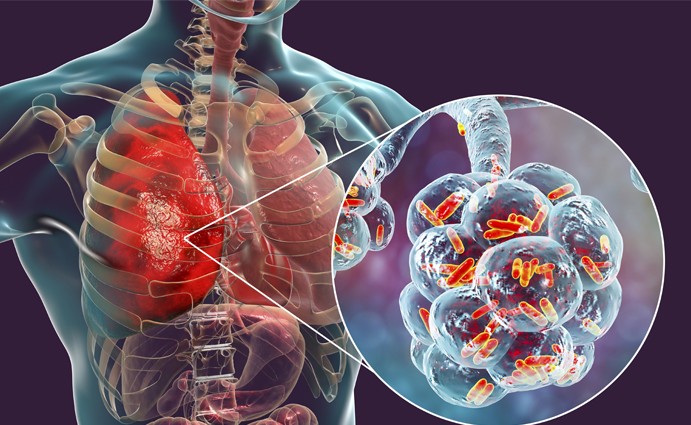
Legionella
What is Legionella?
Legionella bacteria can cause Legionnaires’ disease or Pontiac fever, collectively known as legionellosis. The bacteria are found naturally in the environment, usually in warm water. The bacterium was named after a 1976 outbreak, when many people who went to a Philadelphia convention of the American Legion suffered from this disease. An estimated 8,000 to 18,000 people are hospitalized with Legionnaires' disease each year in the U.S.
How is Legionella transmitted?
Legionella bacteria are not transmitted from person to person. The bacteria grow best in warm water, like the kind found in hot tubs, cooling towers, hot water tanks, large plumbing systems and decorative fountains. They do not seem to grow in car or window air-conditioners. People get Legionnaires’ disease when they breathe in a mist or vapor (small droplets of water in the air) containing the bacteria. One example might be from breathing in droplets sprayed from a hot tub that has not been properly cleaned and disinfected. Most healthy individuals do not become infected with Legionella bacteria after exposure.

What are the symptoms of Legionella?
Symptoms usually begin 2–14 days after exposure. They include cough, shortness of breath, high fever, muscle aches and headaches.
What are the complications from this disease?
Most people will have pneumonia (lung infection) since the Legionella bacteria grow and thrive in the lungs.
Who is at risk?
Those 50 years of age or older are typically at a higher risk. So are current smokers, former smokers and those with a chronic lung disease (like COPD or emphysema). People with weakened immune systems from diseases like cancer, diabetes or kidney failure are also at risk. People who take drugs that weaken the immune system (like after a transplant operation or chemotherapy) can be at risk as well.
How is the disease treated?
Legionnaires’ disease requires treatment with antibiotics (drugs that kill bacteria in the body), and most cases of Legionnaires’ disease can be treated successfully with antibiotics. Healthy people usually get better after being sick with Legionnaires’ disease, but hospitalization is often required. About 15 out of 100 people who get Legionnaires’ disease will die from the infection.
How can I be protected from Legionella?
Preventing Legionnaires’ disease begins with routine maintenance of the water systems in which Legionella grow, including drinking water systems, hot tubs, decorative fountains and cooling towers. People at increased risk of infection may choose to avoid high-risk exposures, such as being in or near a hot tub.

 TARRANT COUNTY, TX
TARRANT COUNTY, TX

 Epidemiology
Epidemiology